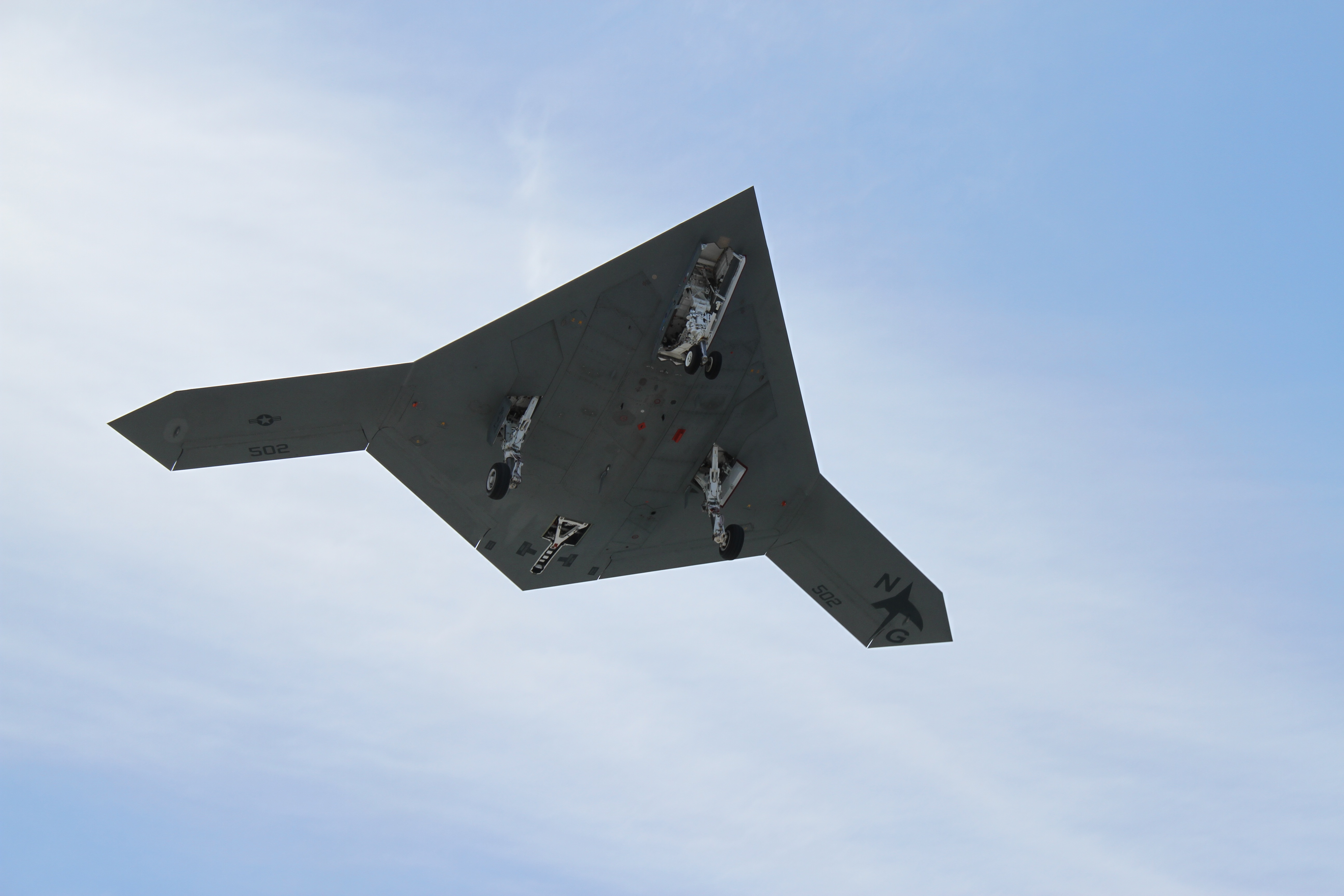
The U.S. Navy released a long-awaited draft request for proposal (RFP) for the Unmanned Carrier Launched Airborne Surveillance and Strike (UCLASS) aircraft on Thursday afternoon.
Secretary of the Navy Ray Mabus signed-off on the draft RFP during a briefing that was held Wednesday afternoon.
“The Navy released a draft Request for Proposal (RFP) for the Unmanned Carrier Launched Airborne Surveillance and Strike (UCLASS) air segment, April 17, to the four prime contractors currently under contract to conduct Preliminary Design Review (PDR) assessments for the program,” wrote Naval Air Systems Command (NAVAIR) spokeswoman Jamie Cosgrove.
“The purpose of the draft RFP is to solicit industry to design, develop, assemble, deliver, test and integrate the air segment into the UCLASS system.”
The UCLASS draft RFP was planned to have been released in the middle of 2013, but the document was repeatedly delayed due to disagreements about the technical specifications for the aircraft.
The final RFP is expected later this year.
However, the top-level requirements have remained set since last April according to Rear Adm. Mat Winter, NAVAIR’s program executive officer for unmanned aviation and strike weapons.
The draft RFP as released to the four industry teams—General Atomics Aeronautical Systems Inc, Boeing, Lockheed Martin and Northrop Grumman—and is not classified as Winter has told reporters it would be at the Navy League’s Sea, Air and Space exposition last week. Instead the document is marked For Official Use Only.
“The draft RFP will be classified,” Winter said on April 8.
“It will be targeted to the industry partners that are on the PDR [preliminary design review] contracts.”
According to Winter, the broad overarching goals of the UCLASS program are to provide two intelligence, surveillance and reconnaissance orbits at “tactically significant ranges” 24 hours a day, seven days a week over uncontested airspace.
The UCLASS would also have a light strike capability to eliminate targets of opportunity.
Winter also said last week that the UCLASS would be an open architecture design that would be engineered for easy upgrades.
However, only time will tell what the UCLASS will evolve into by the time it reach early operational capability in 2020—which will require an extremely aggressive schedule for development and testing.





